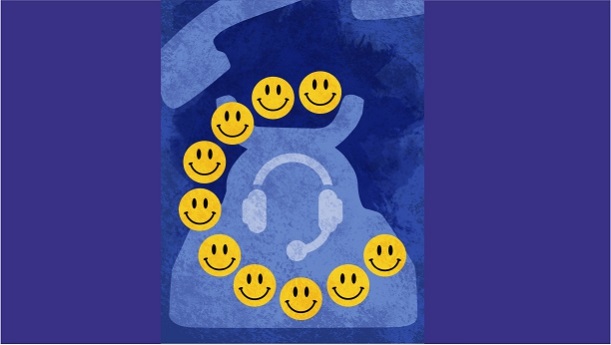
The principles that guide effortless customer experiences seem basic. But the truth is, it is difficult to get customer service basics right, and many organisations don’t. Here are five universal frustrations that can point you in the right direction.
Log In or become an AIMA member to read more articles
